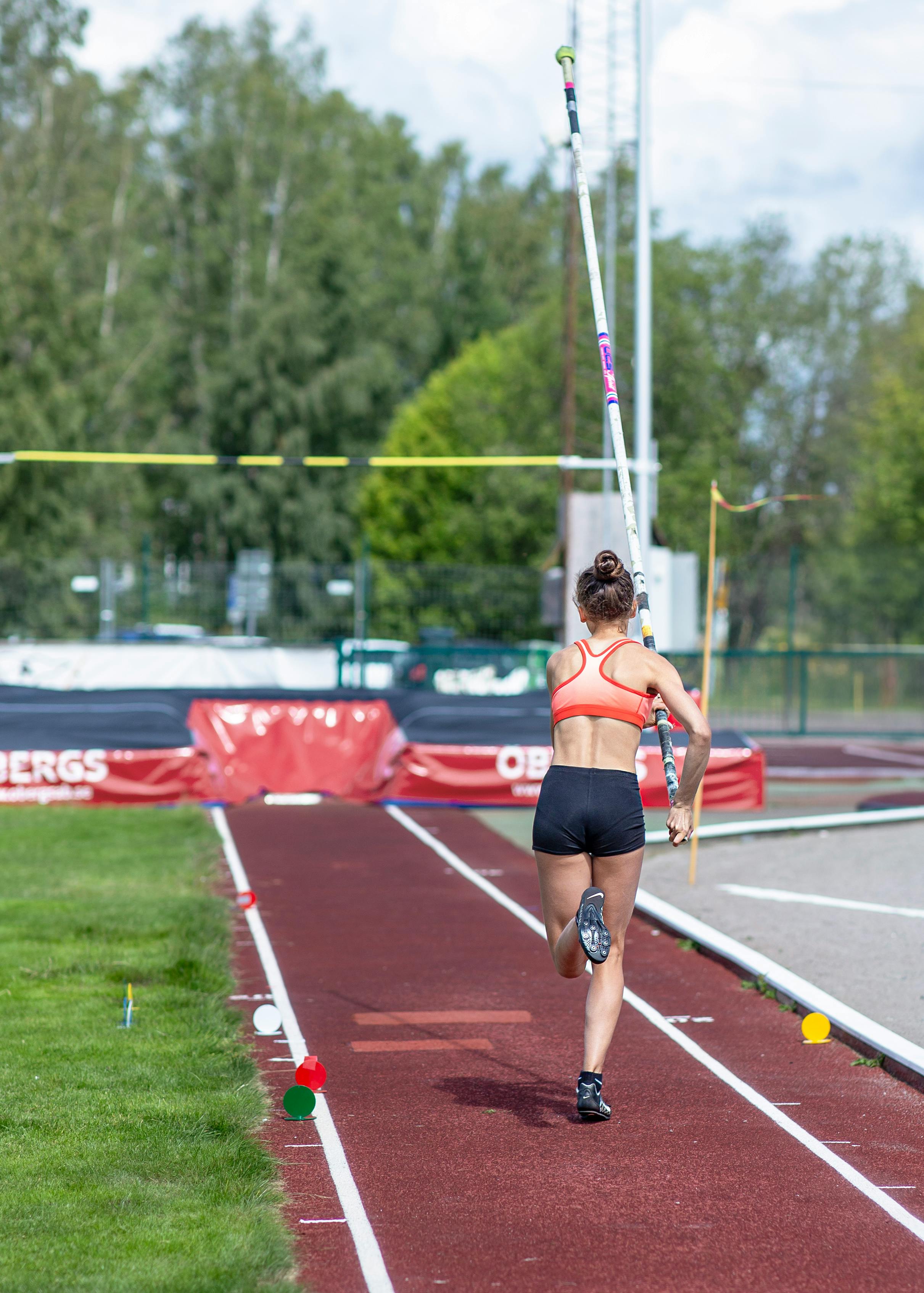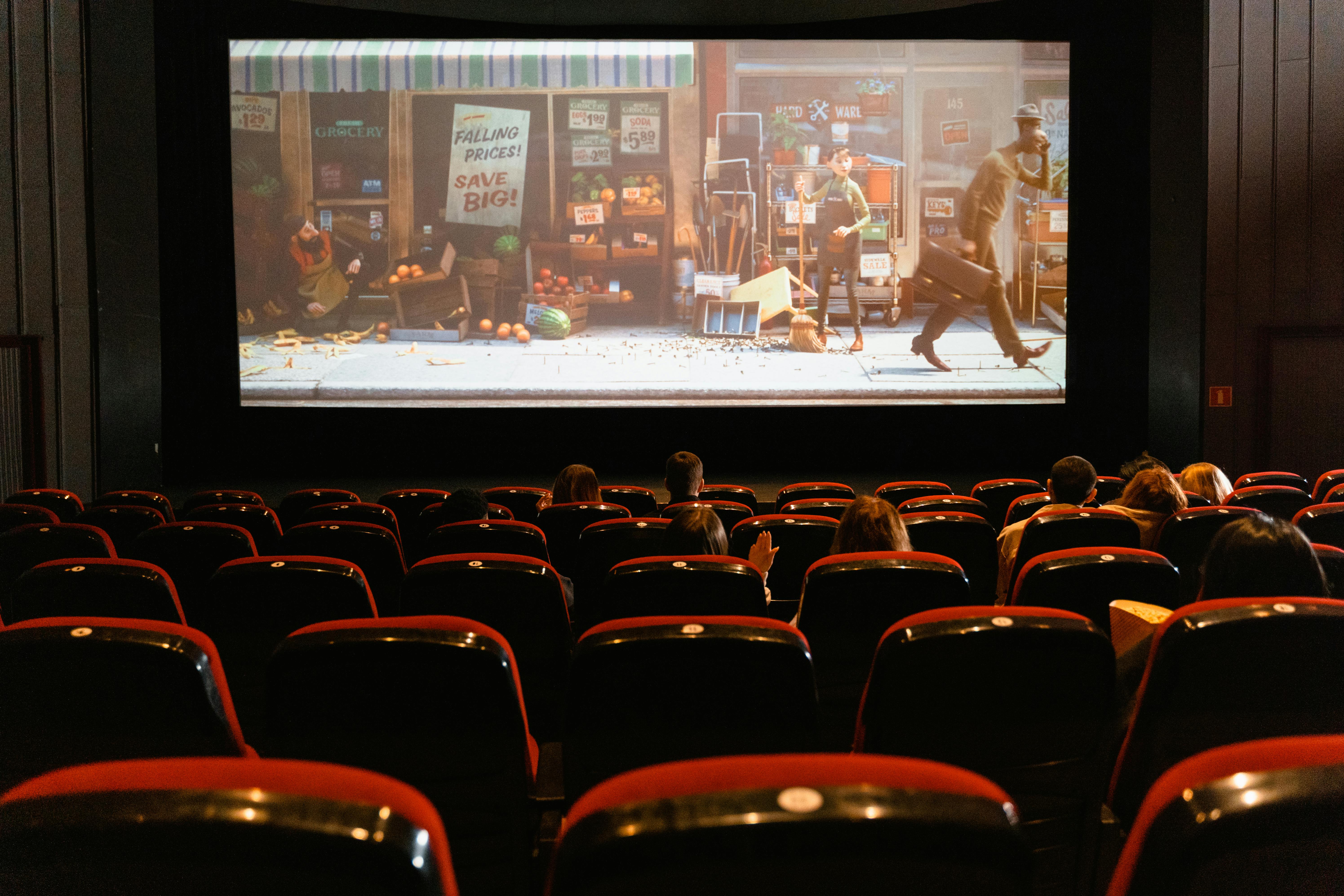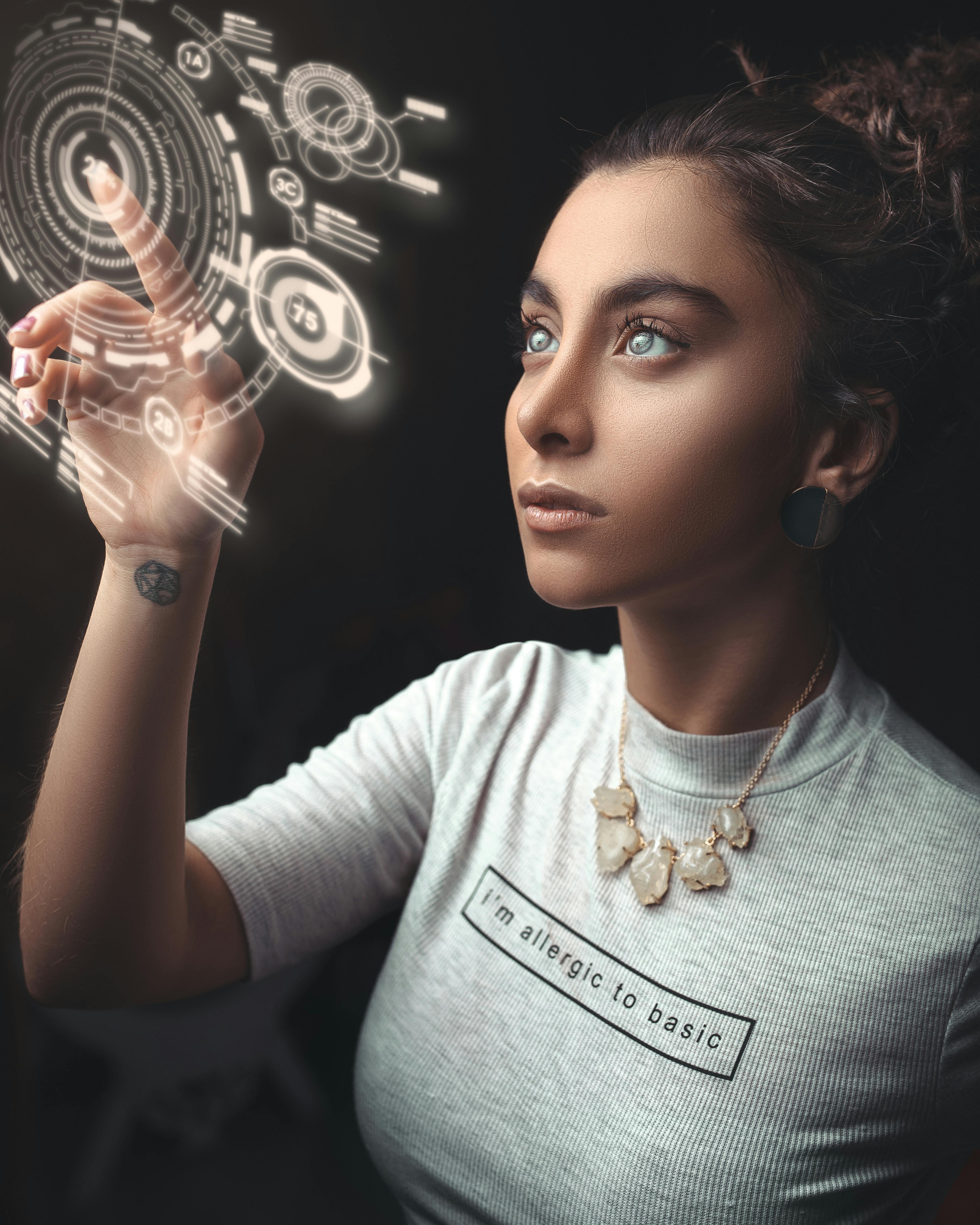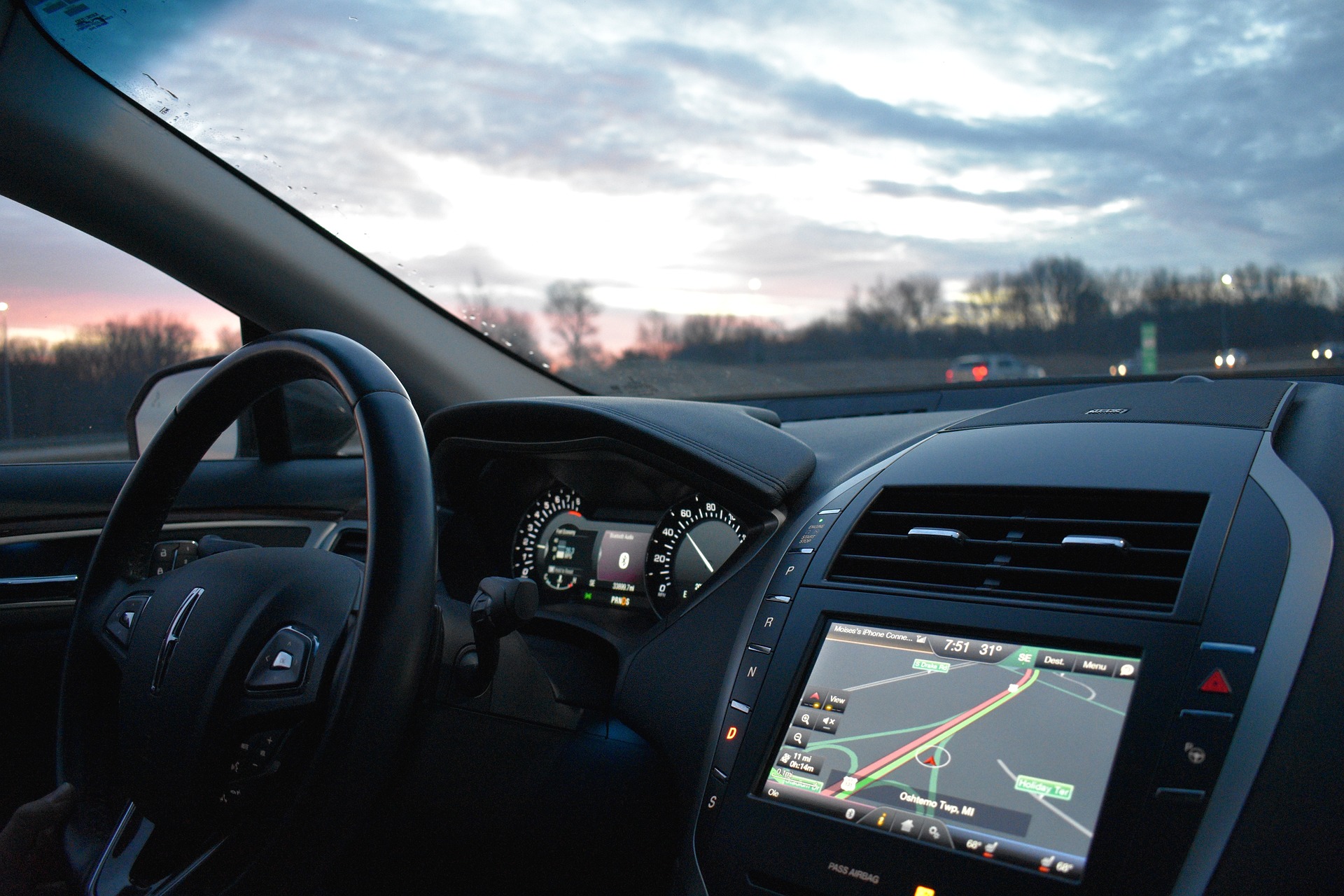"Intersecting Realities: Virtual Reality's Bold Entrance into the Artistic Landscape"
Introduction: Virtual Reality (VR) has emerged as a transformative force, pushing the boundaries of artistic expression. This article unravels the history, current developments, and potential future of VR within the arts and entertainment industry. From its inception in the late 20th century, Virtual Reality was touted as a game-changer for numerous industries. Notably, the arts and entertainment sector saw potential in this technology as an innovative medium for creative expression. Early adopters of VR in the 1990s experimented with immersive installations, allowing audiences to dive into fantastical, digitally created worlds. Despite the initial enthusiasm, limited technology and high costs hindered VR's integration into the mainstream art scene.
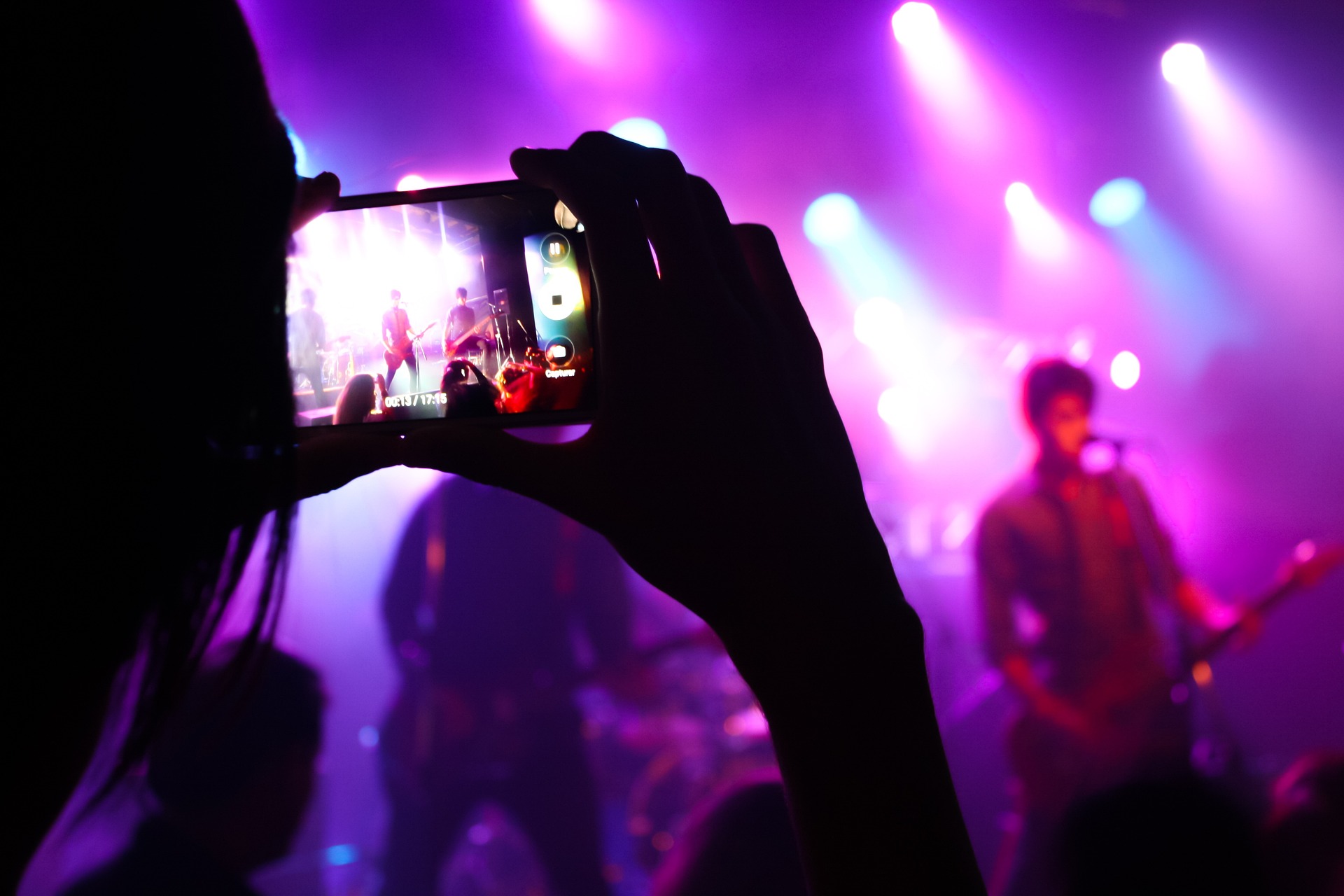
The Digital Revolution: VR in Contemporary Art
Fast forward to the 21st century, VR has experienced a resurgence due to advancements in technology and accessibility. Artists are now using VR to create immersive experiences that challenge traditional art forms. For instance, VR installations at major museums offer audiences an unprecedented level of interaction with artworks, enabling them to engage with art in a multidimensional and multisensory way.
Headlines from the Metaverse: Recent Developments
In 2022, the Venice Biennale, a prestigious international art exhibition, featured its first-ever VR installation, marking a significant milestone for VR in the global art scene. Similarly, leading museums like the Museum of Modern Art (MoMA) in New York and the Tate Modern in London have embraced VR, showcasing immersive VR exhibits that have captivated audiences and critics alike.
VR’s Ripple Effect: Impact and Reception
The advent of VR has not only democratized access to art but also enhanced its immersive quality. It has allowed artists to push the boundaries of their creativity, crafting multi-sensory experiences that transport audiences into vividly imagined landscapes. This shift has sparked a lively discourse within the art community, with some critics arguing that VR experiences may dilute the essence of traditional art forms, while others laud it as the future of artistic expression.
Future Frames: What Lies Ahead for VR in Art
As we move forward, the intersection of VR and art is anticipated to become increasingly prevalent. With VR’s potential to create immersive, multi-dimensional art experiences, it is set to redefine the boundaries of artistic creation and consumption. Yet, it also prompts important discussions about the essence of art and its future in an increasingly digital world.
In conclusion, VR’s integration into the arts and entertainment industry represents a significant shift in how we create, consume, and interact with art. Akin to the advent of photography or cinema, it challenges existing paradigms and opens up uncharted territories of creative expression. As we navigate this new landscape, it’s crucial to engage in critical discussions about the implications and potential of this emerging medium.

